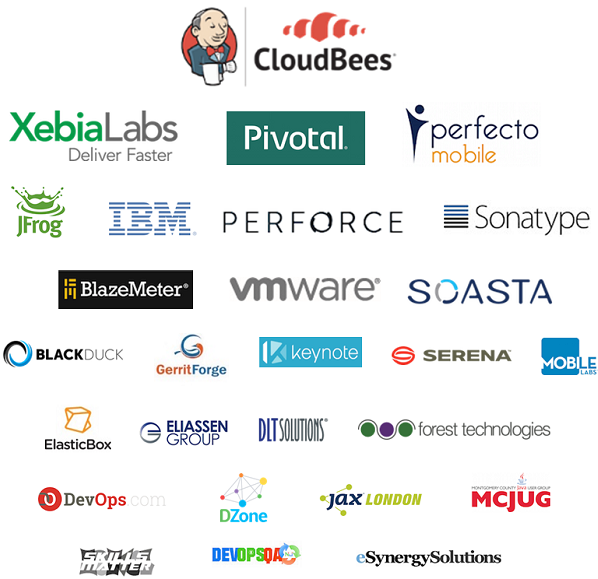
I’ve been using Jenkins for some time now as the build server for the various projects that are assigned to our four-person software development team, but recently I had exposure to how things were done in a much larger team, and I came away with a better understanding of the kinds of demands that are placed on a build pipeline in these environments. It was quite an education – while the CI pipelines that I administer in our small team might require a handful of virtual machines in our corporate cloud, the pipeline in this team supported over one hundred developers and required several hundred VM instances at any given time.
When operating at this scale, efficiency does become important, as the Amazon cloud charges add up and become significant at this level. Using some relatively simple techniques, I was able to gain insight into what actually happened in the more complex build jobs and learned just how these VM instances were utilized. These build jobs configured over a dozen virtual machines each, and understanding the startup and execution flows was critical to making changes and improving efficiencies. I will be discussing how to instrument and analyze these complex builds in my Lightning Talk: "Visualizing VM Provisioning with Jenkins and Google Charts” and hope to see you all there!

This post is by Martin Hobson, Senior Software Developer at Agilex Technologies. If you have your ticket to JUC U.S. East, you can attend his lightning talk "Visualizing VM Provisioning with Jenkins and Google Charts" on Day 1.
JUC IS HERE! JUC U.S. East will begin with registration at 7AM, Thursday June 18. The two day conference is sure to be a blast! If you have not registered, you can still get a ticket! Check out the agenda for JUC U.S. East here and find the link to register.
Thank you to our sponsors for the 2015 Jenkins User Conference World Tour:

